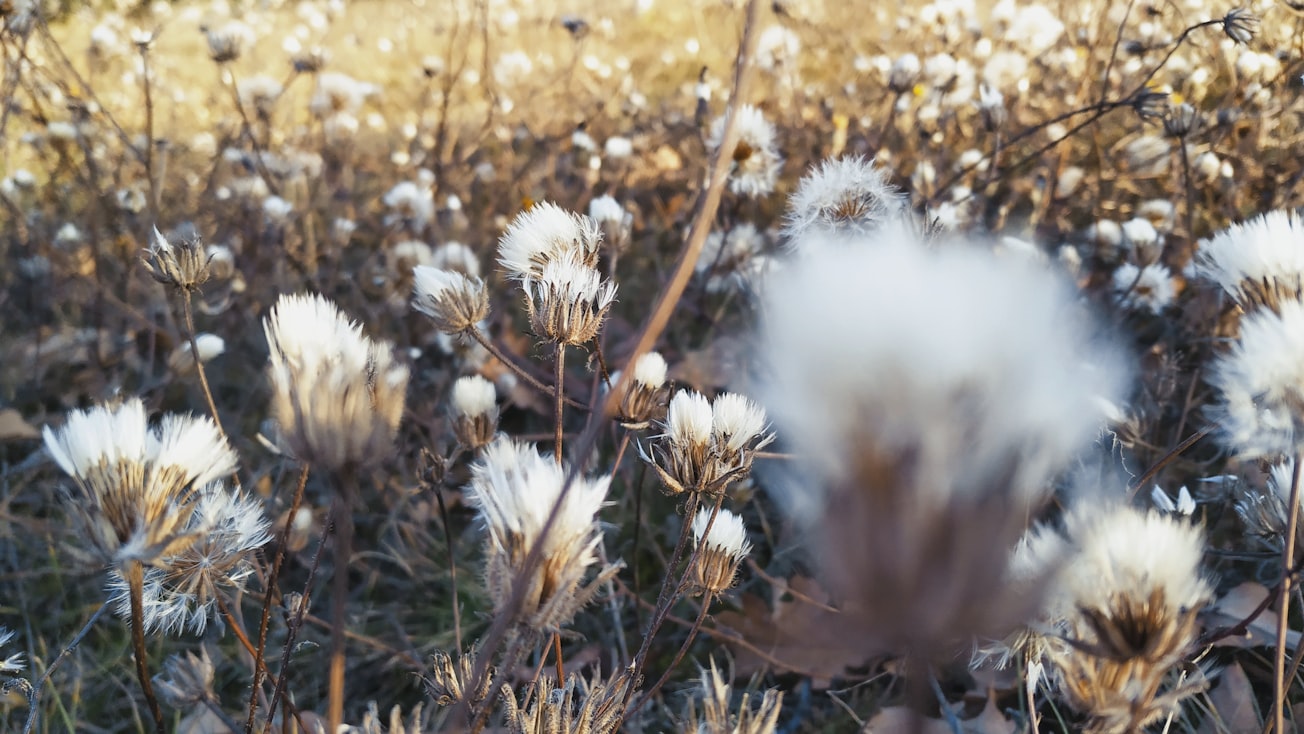What is it about?
Yarns (30/1 Ne) consisting of four different fibers were produced in different blends and knitted into single jersey fabrics. Antibacterial properties, water retention capacity, hydrophilicity, whiteness, and yellowness values of these fabrics were tested. Chitosan or lyocell fibers were added in mixtures, increasing the antibacterial activity, hydrophilicity, and water retention capacity of the resulting fabrics. Whiteness values of knitted fabrics produced from poly(lactic acid) (PLA) and lyocell fibers were quite high. Water retention capacity and hydrophilicity of these fabrics were better when compared to fabrics that included greige cotton fibers.
Featured Image

Photo by Mariam Aprasidze on Unsplash
Why is it important?
It is important for ecofriendly production.
Perspectives
Yarns (30/1 Ne) consisting of four different fibers were produced in different blends and knitted into single jersey fabrics. Antibacterial properties, water retention capacity, hydrophilicity, whiteness, and yellowness values of these fabrics were tested. Chitosan or lyocell fibers were added in mixtures, increasing the antibacterial activity, hydrophilicity, and water retention capacity of the resulting fabrics. Whiteness values of knitted fabrics produced from poly(lactic acid) (PLA) and lyocell fibers were quite high. Water retention capacity and hydrophilicity of these fabrics were better when compared to fabrics that included greige cotton fibers.
aysegul korlu
ege university
Read the Original
This page is a summary of: Improvement of Ecofriendly and Antibacterial Behaviors on Blended Knit Fabrics, AATCC Journal of Research, November 2016, American Association of Textile Chemists and Colorists (AATCC),
DOI: 10.14504/ajr.3.6.5.
You can read the full text:
Contributors
The following have contributed to this page







